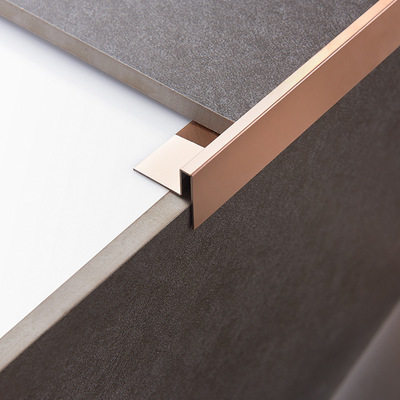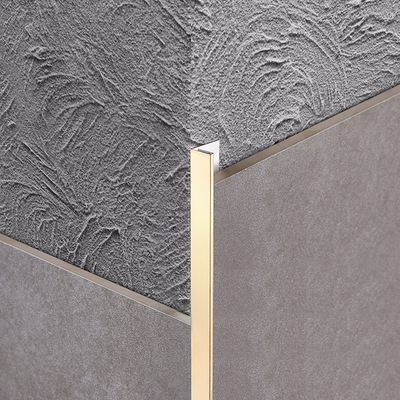Stainless steel decorative strips are commonly used in home and public space decoration. How are the seams handled? There are certain techniques for handling the seams and joints of stainless steel decorative strips; otherwise, improper handling will affect the aesthetics, make them less durable, and prone to falling off, affecting future normal use. Paying attention to the construction process of stainless steel decorative strips can ensure a more perfect construction.
Stainless Steel Metal Decoration Construction Process:
(1) Installation of the frame base: The installation process refers to the construction process of wooden keel or light steel keel, repeatedly checking verticality and flatness.
(2) Sealing the base plate: The base plate is generally nailed, using 5-12mm plywood. The construction method is the same as that of ordinary wooden veneer panels. However, when the keel is light steel keel or angle steel keel, holes must be drilled first, and then the base plate is fixed to the keel with self-tapping screws, and the screw heads should not protrude above the surface of the base plate.
(3) Before installation, the stainless steel plate should be processed in the factory according to the design dimensions and shape. When a base plate is available, apply all-purpose adhesive to the back of both the base plate and the stainless steel plate, and then adhere the pre-processed stainless steel plate to the base surface. When no base plate is available, fix the pre-processed stainless steel plate to the light steel keel with stainless steel screws or weld it directly to the keel.
(4) Edge finishing: At the joints between stainless steel plates or at internal and external corners, use methods such as filling with sealant or pressing stainless steel groove strips for edge finishing and decoration.
Stainless steel decorative strips are increasingly used due to growing demand, but there are still many points to note during the actual construction process. The issue of joints in stainless steel decorative strips is very common. Properly treated joints result in tight connections, a beautiful and elegant appearance, and excellent usability, allowing the stainless steel decorative strips to perform their function well for a long time.


